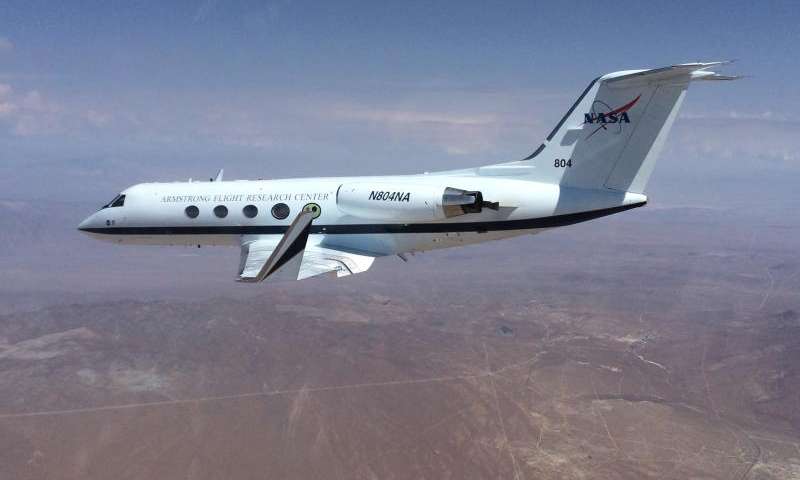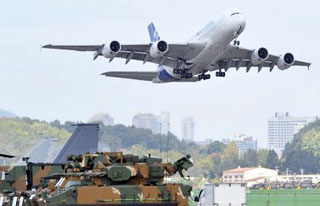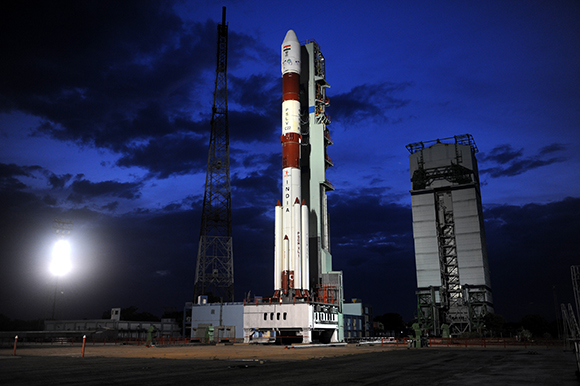
NASA successfully completed flight tests of a morphing wing technology. Flap angles were adjusted from -2 degrees up to 30 degrees during the six months of testing. Photo: NASA.
WASHINGTON (PTI): NASA has successfully completed initial flight tests of a new shape-changing wing technology that can save millions of dollars annually in fuel costs, reduce airframe weight and decrease aircraft noise.
The test team at Armstrong Flight Research Centre in California, flew 22 research flights during the past six months with experimental Adaptive Compliant Trailing Edge (ACTE) flight control surfaces that offer significant improvements over conventional flaps used on existing aircraft, NASA said.
The Air Force Research Laboratory (AFRL) and FlexSys Inc, Michigan developed and wind tunnel tested several wing leading and trailing edge designs for various aircraft configurations through 2006.
In 2009, AFRL and NASA's Environmentally Responsible Aviation (ERA) project agreed to equip a Gulfstream III jet with ACTE flaps designed and built by FlexSys, incorporating its proprietary technology.
ACTE technology, which can be retrofitted to existing airplane wings or integrated into entirely new airframes, enables engineers to reduce wing structural weight and to aerodynamically tailor the wings to promote improved fuel economy and more efficient operations while also reducing environmental and noise impacts.
"This is the first of eight large-scale integrated technology demonstrations ERA is finishing up this year that are designed to reduce the impact of aviation on the environment," said ERA project manager Fay Collier.
Flight testing was key to proving the concept's airworthiness. The test aircraft was flown with its experimental control surfaces at flap angles ranging from -2 degrees up to 30 degrees.
Although the flexible ACTE flaps were designed to morph throughout the entire range of motion, each test was conducted at a single fixed setting in order to collect incremental data with a minimum of risk.
"We are thrilled to have accomplished all of our flight test goals without encountering any significant technical issues," said AFRL Program Manager Pete Flick, from Wright-Patterson Air Force Base in Ohio.
 Previous Article
Previous Article Next Article
Next Article













The Indian Air Force, in its flight trials evaluation report submitted before the Defence Ministry l..
view articleAn insight into the Medium Multi-Role Combat Aircraft competition...
view articleSky enthusiasts can now spot the International Space Station (ISS) commanded by Indian-American astr..
view article